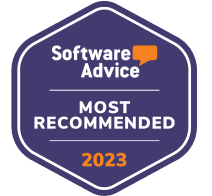From Trusted Employee to Dangerous Insider: How to Spot Insider Threats
Tuesday, March 7, 2023

As a business owner, you rely on your employees to help you run your business and achieve your goals. Your employees are the heart of your organization, and you trust them to act in the best interests of your business. However, sometimes things can go wrong, and even your most trusted employees can become insider threats.
An insider threat is a security risk that comes from within your organization, such as an employee who has access to sensitive data and uses that access to steal or compromise information.
Insider threats can be difficult to detect and prevent, as they come from individuals who are trusted and authorized to access your business's systems and data.
It's necessary to understand the risks associated with insider threats and take steps to prevent them.
How to Spot and Stop Insider Threats in Your Organization:
Insider threats can take many forms, from intentional acts of sabotage to unintentional mistakes that lead to security breaches. Some of the most common types of insider threats include:
Theft of confidential data
Misuse of company resources
Sharing sensitive information with unauthorized parties
These threats can have a significant impact on a small business, leading to financial loss, damage to reputation, and even legal consequences.
Fortunately, there are steps that small business owners can take to minimize the risk of insider threats. Here are some helpful tips to keep in mind:
Develop a Strong Security Culture
One of the most important steps in preventing insider threats is to develop a strong security culture within your organization. This means ensuring that all employees are aware of the risks associated with insider threats and understand their role in preventing them. This can be achieved through regular training sessions, clear communication of policies and procedures, and ongoing reinforcement of the importance of security.
Conduct Background Checks
When hiring new employees, it's essential to conduct thorough background checks to ensure that they do not have a history of engaging in risky or unethical behavior. This can include criminal background checks, reference checks, and verification of education and employment history. While this may seem like an unnecessary expense, it can save you a lot of headaches in the long run.
Limit Access to Sensitive Data
Not all employees need access to all of your company's sensitive data. It's important to limit access to data on a need-to-know basis, which can be achieved through the use of access controls, such as passwords, encryption, and multi-factor authentication. This will help to minimize the risk of data theft or unauthorized access.
Monitor Employee Activity
Keep an eye on your employees' behavior, especially those who have access to sensitive data or systems. Watch for unusual activity or behavior that could indicate a potential insider threat, such as an employee accessing data outside of their normal job responsibilities or logging into systems at unusual times. Regular monitoring of employee activity can help to detect insider threats before they can cause significant harm. This can include monitoring network traffic, tracking file access and modification, and monitoring email and messaging communications. While this may seem like an invasion of privacy, it is essential for protecting your business.
Implement a Security Policy
Having a written security policy in place can help to ensure that all employees are aware of your organization's security practices and procedures. This should include guidelines for password management, data classification, and acceptable use of company resources. The policy should be regularly reviewed and updated to ensure that it remains relevant and effective.
Use Security Software
There are many security software solutions available that can help to protect your small business from insider threats. These can include anti-virus and anti-malware software, firewalls, intrusion detection systems, and data loss prevention tools. Investing in these tools can help to ensure that your business is protected against a wide range of threats.
Respond Quickly to Incidents
It's important to have a plan in place for responding to insider threats when they occur. This should include procedures for investigating incidents, documenting evidence, and notifying the appropriate authorities. The faster you can respond to an incident, the less damage it is likely to cause.
Remember that insider threats can come from anyone who has access to your organization's resources, including employees, contractors, and vendors. So be sure to maintain a comprehensive approach to security that involves everyone who interacts with your business. This includes establishing clear policies and procedures, providing ongoing training and education, and regularly monitoring and reviewing security practices.
Wrapping Up
One of the most significant challenges that small businesses face is a lack of resources to invest in security measures. Don’t worry, though. This doesn’t mean you’re doomed to fail in preventing insider threats. You can partner with a cybersecurity provider that offers affordable security solutions tailored to your needs - like Lockwell.
Insider threats are a real and growing risk to small businesses and can come from anyone, including your most trusted employees. However, with the right approach to security, you can minimize the risk and protect your business from harm. This requires a comprehensive approach that we’re happy to help you with.
Together we can ensure the safety and security of your business, protecting it against financial loss, damage to reputation, and legal consequences.













